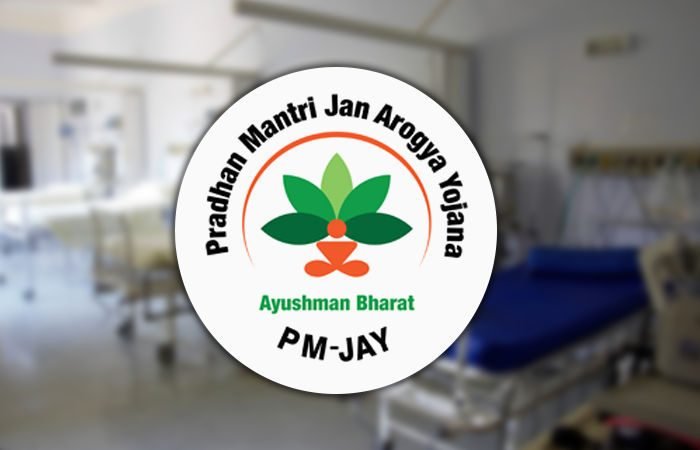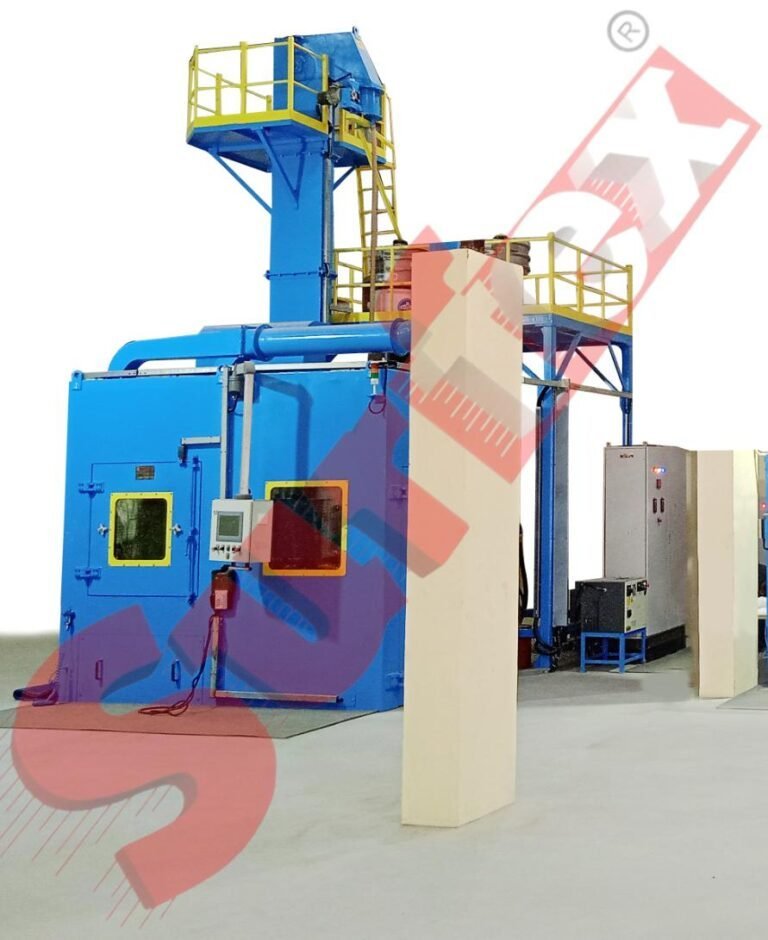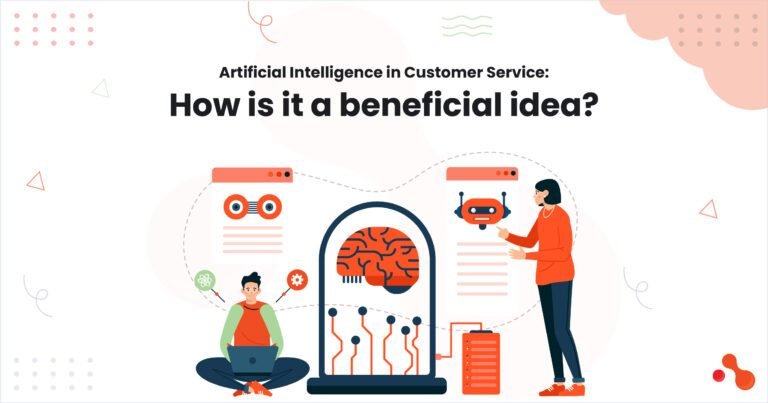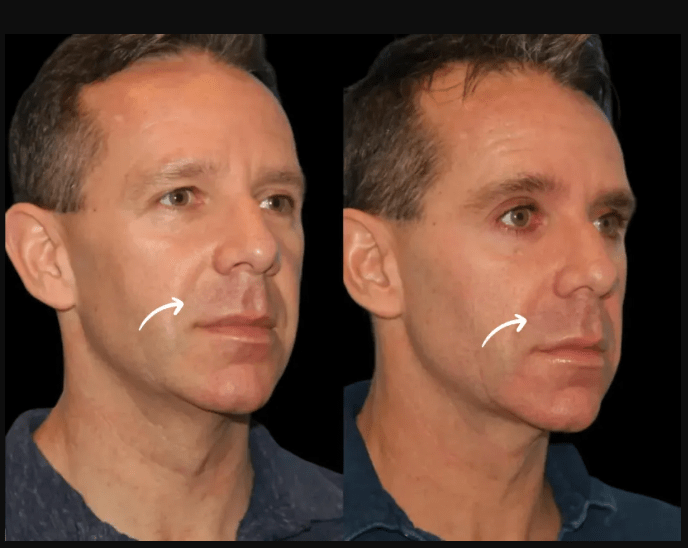The Ayushman Bharat scheme, launched in 2018, is one of India’s most ambitious healthcare initiatives, designed to make healthcare accessible and affordable for millions, particularly low-income families. By 2025, the scheme has evolved to address critical healthcare needs across India, providing financial relief and improved access to essential services.
This article explores the impact of Ayushman Bharat, the role of beneficiary NHA (National Health Authority) in administering the scheme, and how recent advancements continue to enhance healthcare delivery for millions of beneficiaries.
Key components of Ayushman Bharat
Ayushman Bharat operates through two primary components, each addressing different aspects of healthcare:
- Health and Wellness Centres (HWCs): These centres provide essential primary healthcare services, such as immunizations, screenings, and maternal care. By 2025, over 150,000 HWCs have been established, ensuring healthcare access for underserved communities.
- Pradhan Mantri Jan Arogya Yojana (PM-JAY): PM-JAY offers health coverage up to Rs 5 lakh per family annually for secondary and tertiary care. It supports cashless treatment for serious conditions across a network of empanelled hospitals, offering critical support for low-income families.
Key benefits of Ayushman Bharat in 2025
Ayushman Bharat provides several key benefits, making healthcare more accessible and equitable for millions of Indians:
- Financial protection: With substantial coverage, the scheme protects families from catastrophic health expenses, allowing them to access necessary treatment without a financial burden.
- Broad hospital network: The scheme empanels both public and private hospitals, providing beneficiaries with a choice of facilities and access to quality care across the country.
- Emphasis on preventive care: Through HWCs, the scheme promotes preventive health measures, helping to reduce disease burden and healthcare costs.
- Reduction in out-of-pocket expenses: By covering costs through a cashless model, the scheme minimises financial barriers for low-income families.
- Support for maternal and child health: Ayushman Bharat provides essential services like vaccinations and nutrition counselling, improving health outcomes for mothers and children.
Role of beneficiary NHA in implementing Ayushman Bharat
The beneficiary NHA is central to the effective implementation of the scheme. It oversees all aspects of the scheme to ensure it meets its goals and reaches those in need. Here’s how beneficiary NHA supports Ayushman Bharat:
- Identifying and enrolling beneficiaries: Beneficiary NHA manages the enrolment of eligible families, ensuring that the scheme’s benefits reach the right people, particularly those in underserved areas.
- Hospital empanelment and quality control: Beneficiary NHA is responsible for empanelled hospitals under the scheme, expanding access to healthcare facilities. It also monitors these hospitals to ensure quality standards are met.
- Efficient claims processing: Through a digital platform, beneficiary NHA manages beneficiary verification and claims, making the process transparent and efficient for all stakeholders.
- Grievance redressal: Beneficiary NHA provides a system to address grievances, helping beneficiaries resolve issues quickly and fostering trust in the scheme.
- Collaboration with state governments: Beneficiary NHA works with state health departments to customise the scheme based on local needs, enhancing service delivery in different regions.
Impact of Ayushman Bharat on rural healthcare
Ayushman Bharat has made significant progress in rural India, where healthcare access was previously limited. Here’s how it has transformed rural healthcare:
- Increased access to essential services: HWCs in rural areas provide essential healthcare services, reducing travel requirements for routine check-ups and screenings.
- Support for vulnerable populations: The scheme offers maternal and child healthcare services, filling a critical need in rural communities where such resources may be scarce.
- Reduced travel for advanced care: With empanelled hospitals in rural and semi-urban areas, the scheme has brought advanced healthcare closer to home for rural residents.
- Raising awareness about healthcare: Through outreach efforts, the scheme encourages rural communities to seek timely medical attention, promoting healthier lifestyles.
Innovations in Ayushman Bharat in 2025
Ayushman Bharat continues to leverage technology and innovations to improve healthcare access and quality:
- Telemedicine services: Beneficiaries in remote areas can now consult doctors virtually, reducing travel needs and providing timely medical guidance through telemedicine.
- Real-time health monitoring: HWCs are equipped with digital tools for monitoring health data, allowing for early diagnosis and preventive care in rural areas.
- AI-assisted diagnostics: AI tools have been introduced in select centres, enabling healthcare providers to make more accurate diagnoses quickly.
Conclusion
Ayushman Bharat has transformed India’s healthcare landscape, making healthcare services accessible and affordable for millions of families. By addressing both primary and advanced care, the scheme plays a crucial role in meeting the healthcare needs of vulnerable populations.
The beneficiary NHA is pivotal in implementing Ayushman Bharat, ensuring smooth enrolment, quality control, and efficient grievance redressal. With the integration of new technologies like telemedicine and AI-based diagnostics, the scheme is well-positioned to continue improving healthcare access and quality across India. As India advances toward universal healthcare, the scheme remains a foundational pillar, providing critical support and promoting health equity across the nation.
































































































































































































































































































































































































































































































































































































































































































































































































































































































































































































































